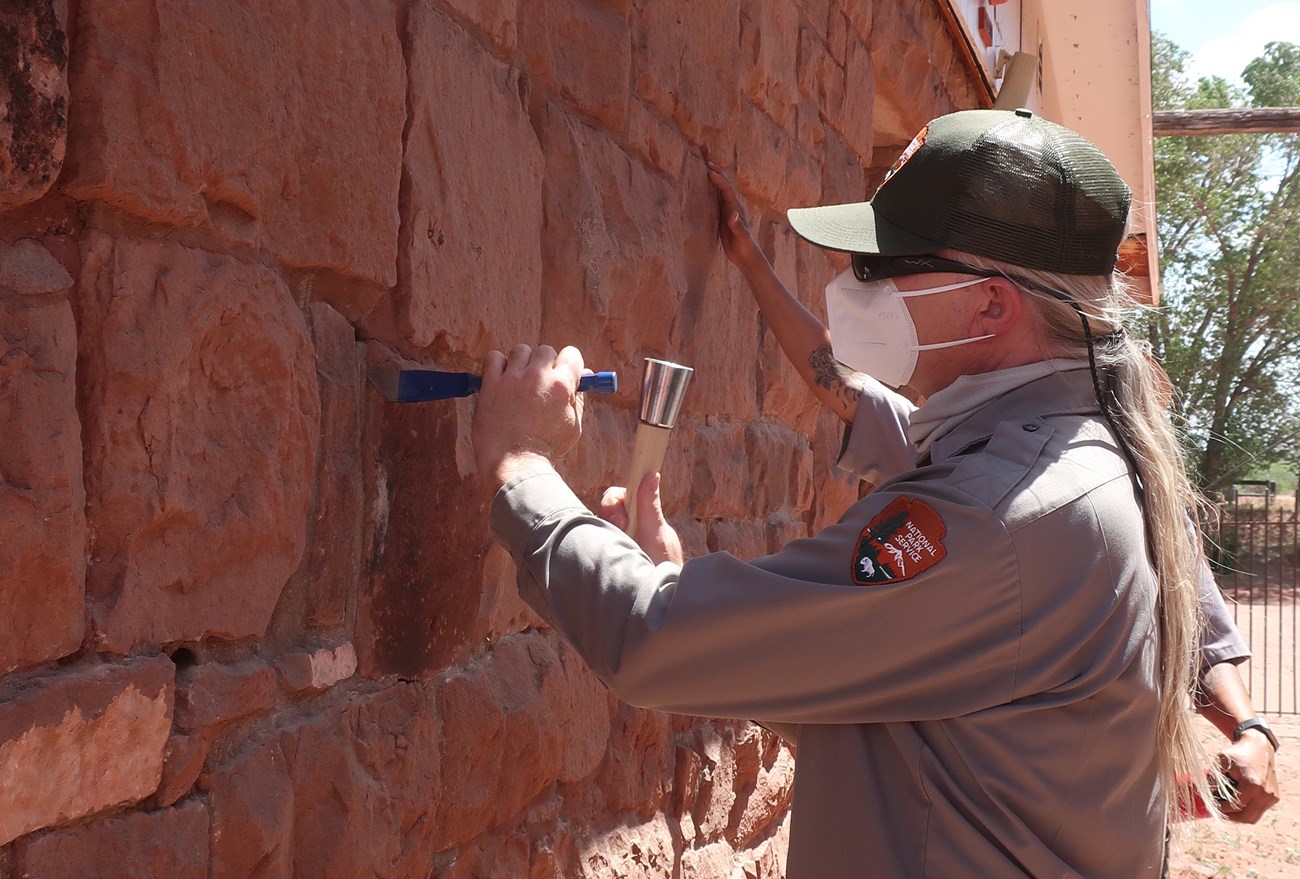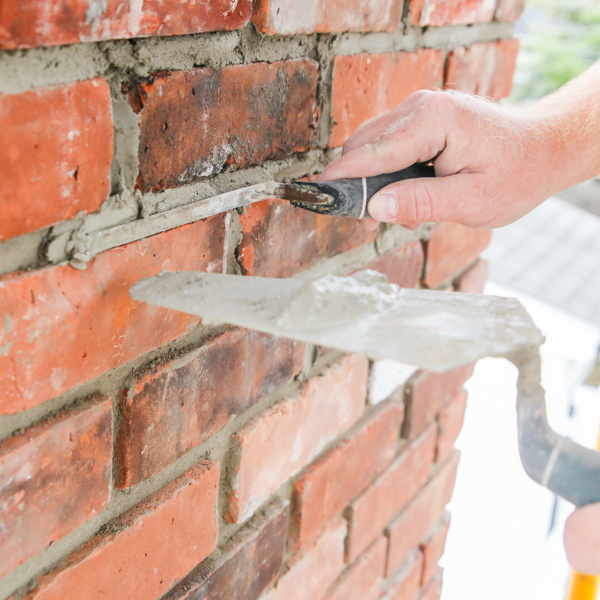Trusted Tuckpointing Services for Improving Block and Rock Surfaces
Trusted Tuckpointing Services for Improving Block and Rock Surfaces
Blog Article
Unlocking the Keys of Lasting Masonry Building Practices for Eco-Friendly Structures
Among the myriad methods to green structure, sustainable stonework construction stands out as a tried and true and durable approach that holds a wide range of untapped possibility. From the selection of products to cutting-edge building strategies, the tricks to achieving sustainability within stonework building are complex and fascinating.
Benefits of Lasting Stonework Construction
Embracing lasting masonry building techniques not just lowers environmental impact however likewise supplies long-term economic advantages to building contractors and neighborhoods. By utilizing products like recycled bricks, blocks, and stones, home builders can considerably lower the carbon impact of their projects while advertising resource efficiency. Furthermore, lasting masonry construction techniques, such as appropriate insulation and thermal mass homes, can improve power performance within structures, causing decreased operational costs gradually.
Moreover, the sturdiness and durability of stonework frameworks add to lasting financial advantages. Structures created utilizing sustainable masonry methods often need much less repair and maintenance, translating to cost savings for builders and homeowner. The durability of stonework materials likewise ensures that frameworks continue to be steady and safe and secure, minimizing the need for constant improvements or substitutes.
Eco-Friendly Stonework Materials
Using green stonework products is a crucial step towards enhancing the sustainability of construction methods and reducing ecological influence while making the most of long-lasting financial advantages. Lasting stonework materials are sourced, produced, and utilized in a manner that decreases total ecological impact. Lasting concrete blocks include recycled accumulations and may feature improved insulation residential properties, adding to power performance in structures.
Furthermore, natural materials like adobe, rammed earth, and straw bales offer exceptional thermal mass buildings, reducing the demand for home heating and cooling down power. These products are usually in your area readily available, advertising regional economic climates and decreasing transportation-related carbon discharges. By selecting environmentally friendly masonry materials, building and construction tasks can dramatically lower their ecological footprint and add to the creation of much healthier, extra lasting developed environments.
Energy-Efficient Masonry Strategies
Power effectiveness plays an essential role in boosting the sustainability of stonework building practices. By applying energy-efficient stonework methods, builders can significantly lower the general energy intake of a building, leading to reduced operational costs and a smaller sized environmental impact. One crucial energy-efficient masonry strategy is using thermal mass, which involves including dense products like concrete or brick into the structure's structure to soak up and store warmth. This assists regulate interior temperatures, minimizing the requirement for mechanical home heating and cooling systems.

Developments in Lasting Stonework
Current advancements in sustainable stonework practices have actually concrete deck designs caused ingenious strategies that are reshaping the building and construction industry. One such advancement is the advancement of self-healing concrete, which utilizes germs installed within the concrete to heal splits autonomously. This breakthrough not only decreases maintenance expenses however likewise boosts the longevity of masonry frameworks, adding to their sustainability.
Another notable development is using recycled aggregates in masonry construction - masonry contractor. By incorporating materials such as crushed ceramic waste or recycled glass into concrete blends, builders can reduce the ecological influence of building and construction tasks while keeping architectural stability. This method not only diverts waste from landfills yet additionally preserves natural deposits, making it an essential advancement in sustainable stonework building and construction
Moreover, the combination of digital layout devices, such as Structure Information Modeling (BIM), is revolutionizing the way stonework structures are planned and created. BIM enables even more exact computations, decreased product wastefulness, and enhanced energy performance, eventually resulting in more lasting building techniques. These technologies collectively signify an encouraging future for sustainable masonry building and construction in the age of eco-friendly structures.
Future Trends in Masonry Sustainability
With the innovative strides made in lasting masonry techniques, the future patterns in stonework sustainability are poised to further reinvent the construction sector. One of the vital patterns shaping the future of masonry sustainability is the increased combination of technology. Innovations such as Building Details Modeling (BIM) and virtual fact simulations are being utilized to maximize stonework building procedures, resulting in lowered material waste and improved energy efficiency in structures.
Furthermore, the advancement of unique sustainable products is readied to play a considerable duty in enhancing the eco-friendliness of masonry building and construction. masonry contractor. Developments like self-healing concrete, recycled accumulations, and bio-based binders are gaining traction for their capacity to minimize environmental influence while maintaining structural stability

Verdict
To conclude, sustainable stonework construction practices provide many advantages for green buildings. By utilizing eco-friendly materials and energy-efficient techniques, masonry can contribute to a much more sustainable built atmosphere. Developments in sustainable masonry are constantly being developed to even more improve the Click Here environmental performance of buildings. Looking towards the future, the fad of stonework sustainability is anticipated to expand, causing even more ecologically friendly and energy-efficient construction practices in the years to come.
Report this page